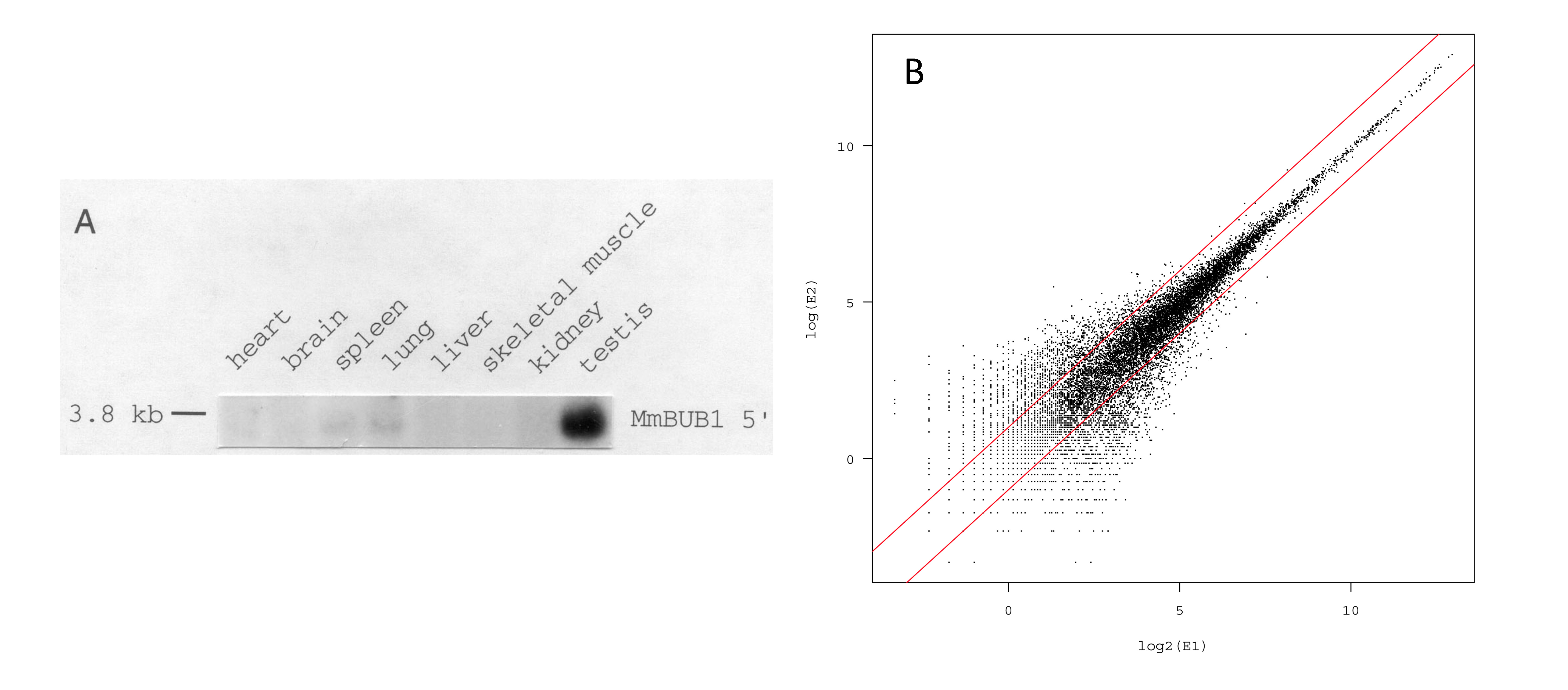I finally got around to reading the IOM report on translational omics and it is very good. The report lays out problems with current practices and how these led to undesired results such as the now infamous Duke trials and the growth in retractions in the scientific literature. Specific recommendations are provided related to reproducibility and validation. I expect the report will improve things. Although I think bigger improvements will come as a result of retirements.
In general, I think the field of genomics (a label that is used quite broadly) is producing great discoveries and I strongly believe we are just getting started. But we can’t help but notice that retraction and questionable findings are particularly high in this field. In my view most of the problems we are currently suffering stem from the fact that a substantial number of the people with positions of power do not understand statistics and have no experience with computing. Nevin’s biggest mistake was not admitting to himself that he did not understand what Baggerly and Coombes were saying. The lack of reproducibility just exacerbated the problem. The same is true for the editors that rejected the letters written by this pair in their effort to expose a serious problem - a problem that was obvious to all the statistics savvy biologists I talked to.
Unfortunately Nevins is not the only head of a large genomics lab that does not understand basic statistical principles and has no programming/data-management experience. So how do people without the necessary statistical and computing skills to be considered experts in genomics become leaders of the field? I think this is due to the speed at which Biology changed from a data poor discipline to a data intensive ones. For example, before microarrays, the analysis of gene expression data amounted to spotting black dots on a piece of paper (see Figure A below). In the mid 90s this suddenly changed to sifting through tens of thousands of numbers (see Figure B).

Note that typically, statistics is not a requirement of the Biology graduate programs associated with genomics. At Hopkins neither of the two major programs (CMM and BCMB) require it. And this is expected, since outside of genomics one can do great Biology without quantitative skills and for most of the 20th century most Biology was like this. So when the genomics revolution first arrived, the great majority of powerful Biology lab heads had no statistical training whatsoever. Nonetheless, a few of these decided to delve into this “sexy” new field and using their copious resources were able to perform some of the first big experiments. Similarly, Biology journals that were not equipped to judge the data analytic component of genomics papers were eager to publish papers in this field, a fact that further compounded the problem.
But I as I mentioned above, in general, the field of genomics is producing wonderful results. Several lab heads did have statistics and computational expertise, while others formed strong partnerships with quantitative types. Here I should mentioned that for these partnerships to be successful the statisticians also needed to expand their knowledge base. The quantitative half of the partnership needs to be biology and technology savvy or they too can make mistakes that lead to retractions.
Nevertheless, the field is riddled with problems; enough to prompt an IOM report. But although the present is somewhat grim, I am optimistic about the future. The new generation of biologists leading the genomics field are clearly more knowledgeable and appreciative about statistics and computing than the previous ones. Natural selection helps, as these new investigators can’t rely on pre-genomics-revolution accomplishments and those that do not posses these skills are simply outperformed by those that do. I am also optimistic because biology graduate programs are starting to incorporate statistics and computation into their curricula. For example, as of last year, our Human Genetics program requires our Biostats 615-616 course.